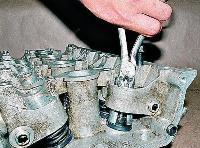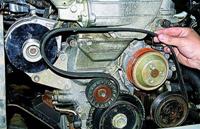Clutch fluid needs to be changed after 2 years
We pump the hydraulic drive when replacing the working fluid, as well as to remove air from the system that got into it during the repair or replacement of individual components
We work together with an assistant.
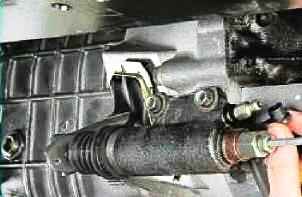
Remove the protective cap from the bleed valve of the working cylinder of the hydraulic actuator
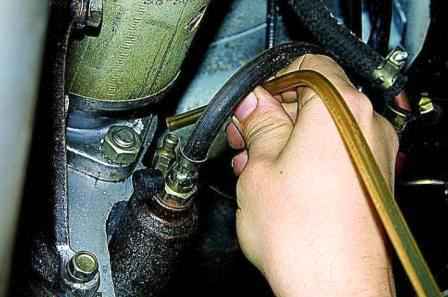
We put a hose (preferably transparent) 30–50 cm long on the fitting, immersing its end in a container filled with working fluid.

The assistant presses the clutch pedal three to four times at intervals of 1-2 seconds, and then keeps it pressed.
With the “10” key, turn off the bleeder valve by ⅓ - ½ turn.
In this case, part of the working fluid and air bubbles are forced into the container, and the clutch pedal drops to the floor.
Without releasing the pedal, we wrap the bleeder and repeat the operation until the bubbles completely stop coming out of the hose.
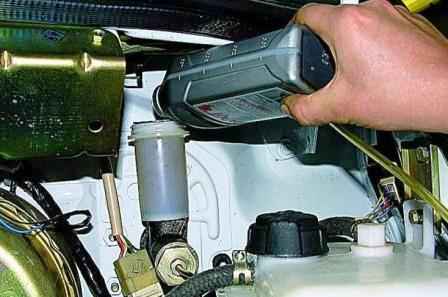
At the same time, we constantly monitor the level of the working fluid in the reservoir of the main cylinder and, if necessary, add it
To completely replace the working fluid, unscrew the bleeder and press the clutch pedal until the working fluid stops flowing out of the hose.
We wrap the bleeder fitting and fill in fresh working fluid into the master cylinder reservoir to the “MAX” mark, after which we bleed the hydraulic drive, as indicated above.









